|
The Village of Paisley is big on sharing their history with their visitors. By reimagining the mill into a beer house, the architecture pays homage to the history of the once functioning grist mill. The inclusion of public spaces such as the pub, art store and art workspace/gallery was thoughtfully inspired by Paisley’s goal of drawing in visitors into the village and wanting to increase their local arts and entertainment history. Breaking open the front façade with a large curtain wall was crucial so that people see inside the building and are enticed to come inside and stay a while. This big curtain wall also allows those inside to stay connected to the surrounding area. Concept DiagramWith the concepts of infiltrating the interior with sunlight and obtaining open views from the front of the building to street level and vice versa, the decision was made to break open the front façade. This was the driving force behind many design decisions. Material PaletteSite planThe site, located near a road, is full of trees. Also nearby is the Teeswater River. These natural elements create a beautiful scenery for the Biere Haus. Main FloorplanThe main floor of the building was made accessible with the addition of a comfortable ramp and a universal washroom. The program will serve as an art store, a catalyst for Paisley in expanding one of their smallest local industries and inspiring ones to create beautiful things. Second FloorplanThe second floor serving as a collaborative and gallery art space, is connected to the concept of the program on the main floor. It gives those in the community a physical space to make this change happen. The grand feature window serves as a literal and physical symbol of connection to all in the community. Third FloorplanThe third floor, featuring that symbolic connection window, will pay homage to the mill’s old history by serving as a space where people can taste the mill’s own craft beer and gather together in a welcoming space to enjoy local food and drink. Fourth FloorplanThe top floor, while not usually accessible to the general public, is the heart of the Biere Haus. It pumps the spirit of the mill’s old history through the rest of the building, serving as a mini brewery and the driving force of strengthening the local community through that history. North ElevationLimiting the area of openings on the north face of the building helps to reduce heat loss in the winter. The area of windows still allow sunlight to flow through the building linearly, from front to back. East ElevationIt was important to take advantage of the building’s east face in order to achieve maximum amount of sunlight entering the building. The windows, done as expressive rectilinear forms, connect the whole ‘Bauhaus concept’ together throughout the building. The roof line matches the one of the original building to blend in as much as possible with the existing structure. South ElevationThe large new window addition on the front face of the existing building allows people to peer inside to the those milling about in the interior program of the Biere Haus, drawing them inside. The new addition also applied the same principles with its windows to cohesively welcome people inside. 3D Perspective Wall SectionThe Biere Haus was designed to Passivhaus standards. Throughout the detail, it can be seen that insulation to prevent thermal bridging is of the highest importance. This ensure the energy efficiency of the addition, making sure that its energy output can potentially be supplied with site produced energy. Using new and innovative products such as the Omni Block® Insulated CMU allows for a maximum amount of insulation to be used throughout the structure of the addition. The placement of the air and vapour barriers in the structure of the wall was thoughtfully placed so that these membranes would not need to be pierced by things such as nails, thus reducing their effectiveness. This was done by building out an extra wall, with extra insulation, in front of the insulated CMU wall for things to be fastened to. The continuousness of these membranes was assured by making sure they tied in together at all possible points. This stops moisture from building up in the wall. Flashing was placed at appropriate places (near window openings) to make sure that any moisture in the wall would be able to escape properly. Last but not least, the profile of the materials on the inside was detailed in a way that would ensure that in reality, they would come together in a minimalist way to reflect the Bauhaus style of the addition. AccessibilityThe previous mill building wasn't accessible. By adding an elevator to the space, this ensures that people with all sorts of mobility and abilities can safely enjoy and connect with the Biere Haus. Southeastern viewUpon approach to the building, visitors will get the sense that his building is a building for the community. Its open façade, beautifully integrated with the architecture of the existing adjacent building, serves as a symbol of new beginnings to the Paisley Village. Das Biere Haus SignThe Biere Haus sign, Beer House in German, is made up of living green letters to mimic the surrounding landscape. The name Biere Haus was chosen for the building due to the designer’s German heritage and the mill’s old history of grinding grains, the prime ingredient in beer. Front feature windowsThis front feature window is integral to the design in that it further articulates the designer’s focus on Bauhaus thoughts, with its big rectilinear volume. The window also serves to give good views and a good path of sunlight into the Biere Haus. Back windowsWhile most of the façade faces were redesigned, it was important to honour what once was. This was carefully done by mimicking the window pattern of the adjacent historic building on the back of the Biere Haus. Pub RenderThe pub is flooded with sunlight, as this is important due to its projected heavy use by the local people. The flow of light creates a warm and bright atmosphere for the locals to gather. Brewery RenderThe fourth floor, while not used by the general public is cohesively bursting with sunlight, just as the rest of the building is. This serves as a more than comfortable space for the village’s micro brewery. Building SectionDas Biere House was intentionally flooded with windows on the east and south facades so that light would illuminate the interior volumes. This light makes interior spaces that are already tall, feel taller. Since this is mainly public building, it was vital that all high traffic public spaces were flushed with natural daylight.
1 Comment
|
Chenniel GoymerI am a 20-year old student in my third year of Sheridan's Architectural Technology program. In my free time, I enjoy baking and cooking, playing Ultimate Frisbee, watching 'The Office', and Latin dancing. My dream would be to go back to my roots and fulfill my love of architecture in Europe, more specifically Germany. ArchivesCategories |
- Project Brief
-
Student Work - Winter 2021
- Nicolas Ajurias
- Ahmed Ahmed
- Heba Al Hallak
- Maysa Al Khateeb
- Amani Albalkhi
- Brandon Bohlmann
- Jetmir Bardhoshi
- Eknoor Brar
- Harveen Braich
- Anwar Kassas
- Erin Cassel
- Mike Covill
- Chris D'alphonso
- Joaquin Diaz Ceballos Zavaleta
- Antonio Farah
- Julian Ferreira
- Charles French
- Mathew Gavac
- Chenneil Goymer
- Shiera Gutierrez
- Harshvardhan Harshvardhan
- Maria Kachi
- Jeff Kaczmarek
- Ethan Kennedy
- Mitchell Lamb
- Sam Lee
- Laura Lozano Castaneda
- Faith Marcelino
- Qingzhou Meng
- Vicky Nguyen
- Zhihua Ni
- Matthew Race
- Jaimin Patel
- Louie Ryu
- Jaden Samuels
- Faten Shaaban
- Bushra Shaikh
- Victoria Silva
- Zizhou Tang
- Naomi Taniguchi
- Lucas Tavares Santos Consolino
- Malachi Waskalik
- Trevor Wilson
- Matthews Woldemichael
- Alicia Malubag
- Aditi Desai
- Jiazhi Wu
- Leah D. Ausborn

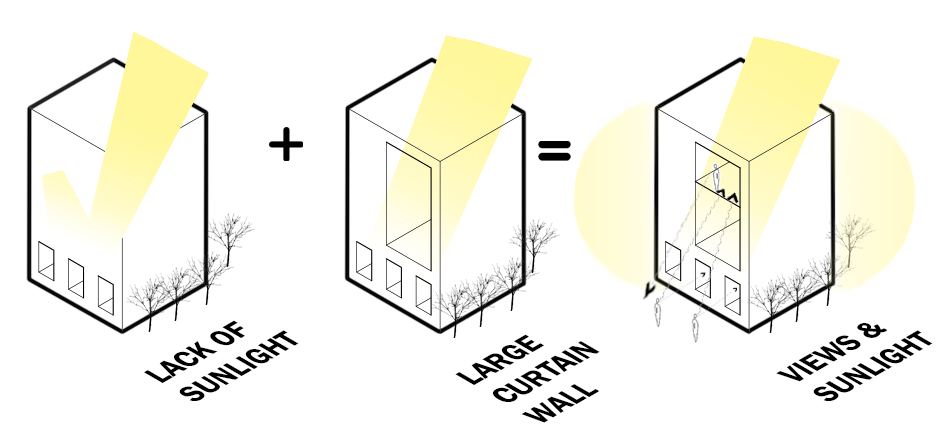
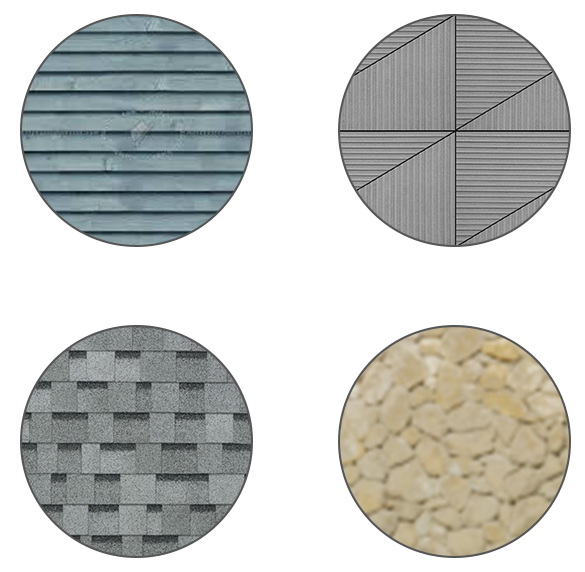
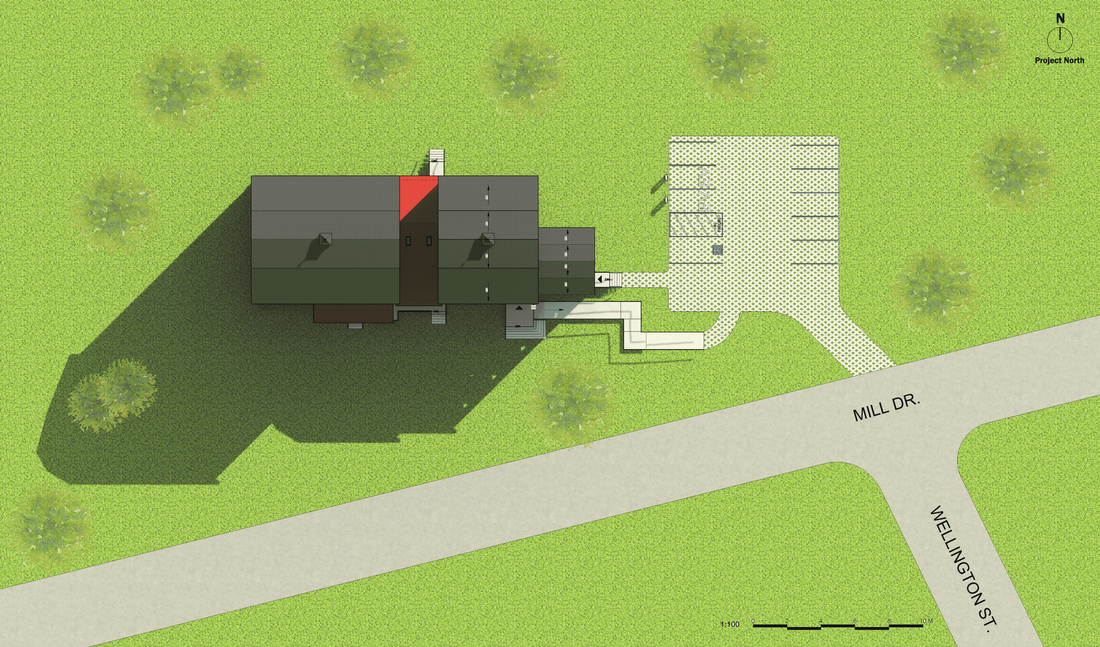
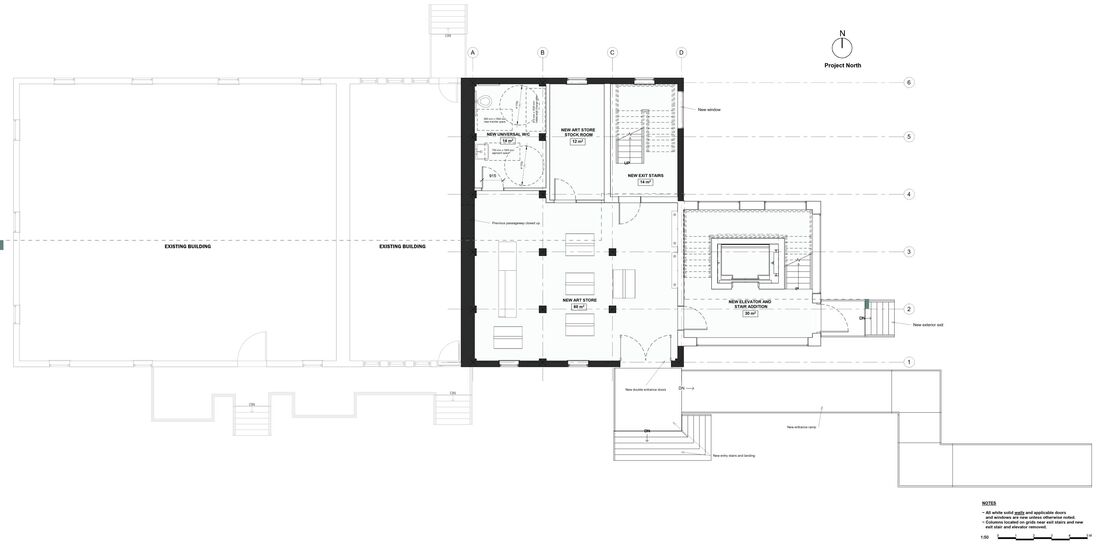
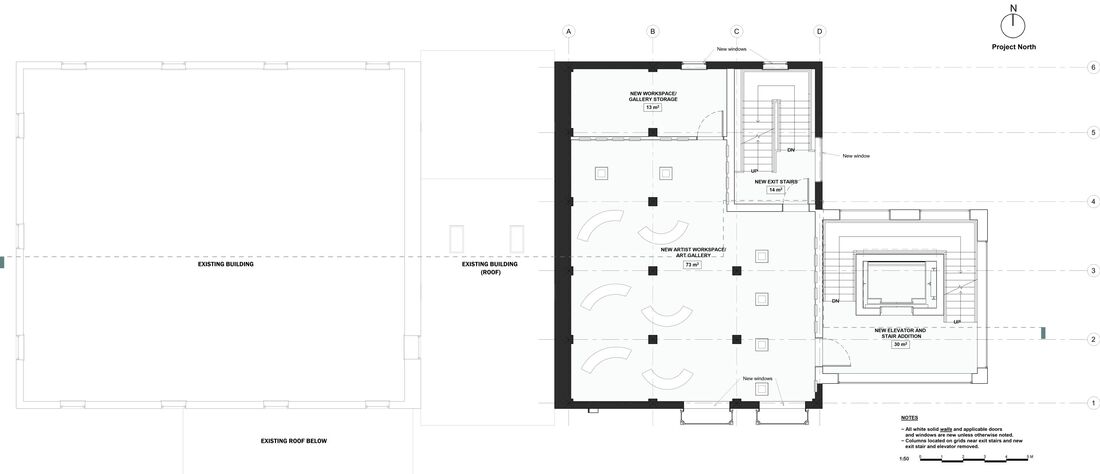
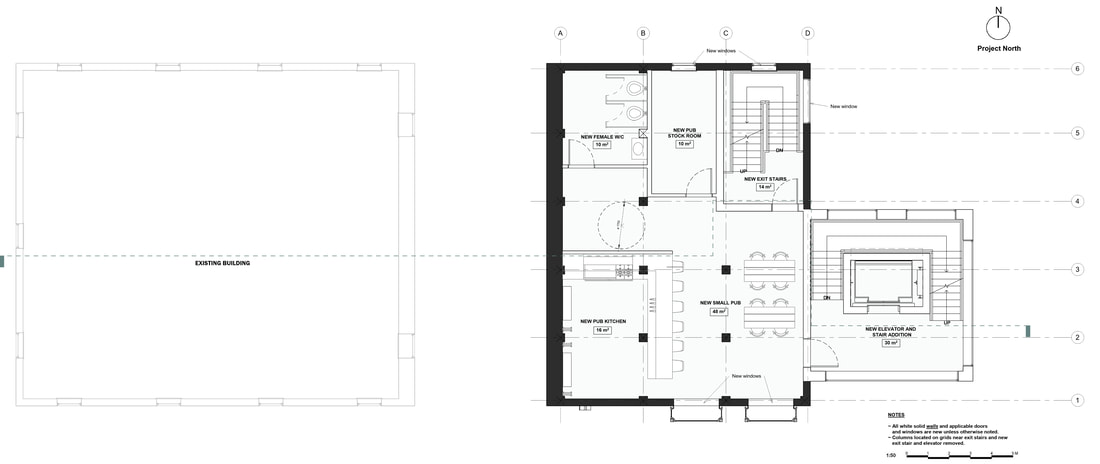
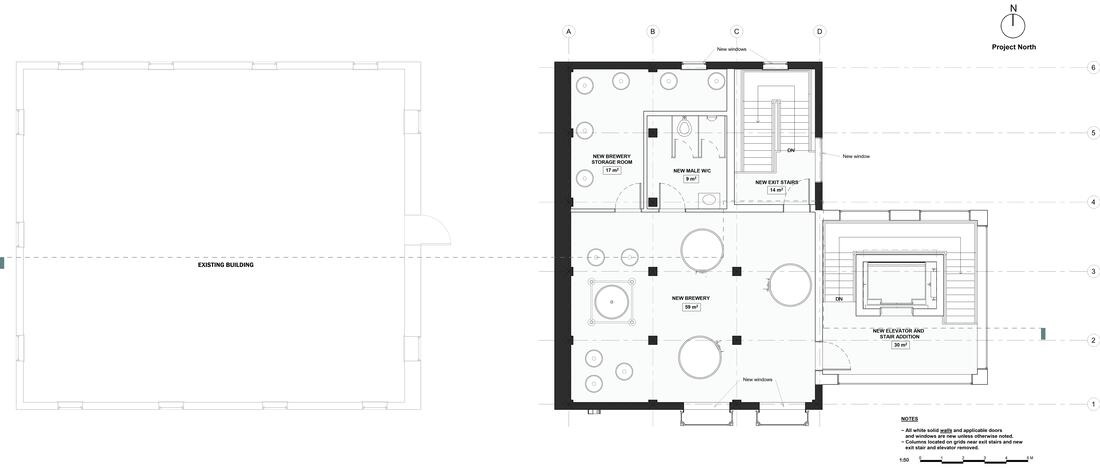
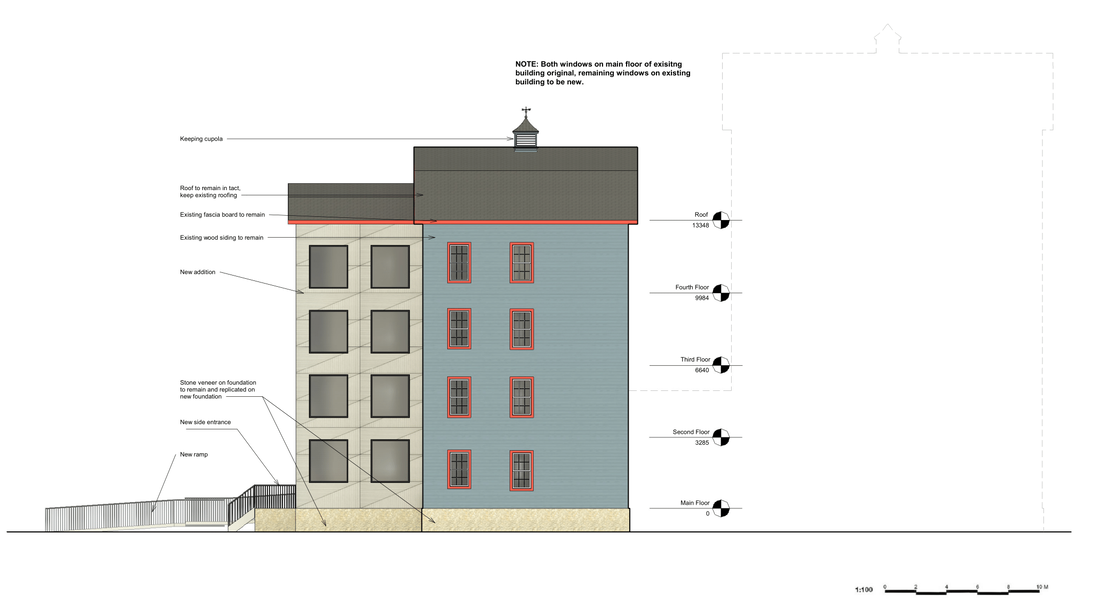
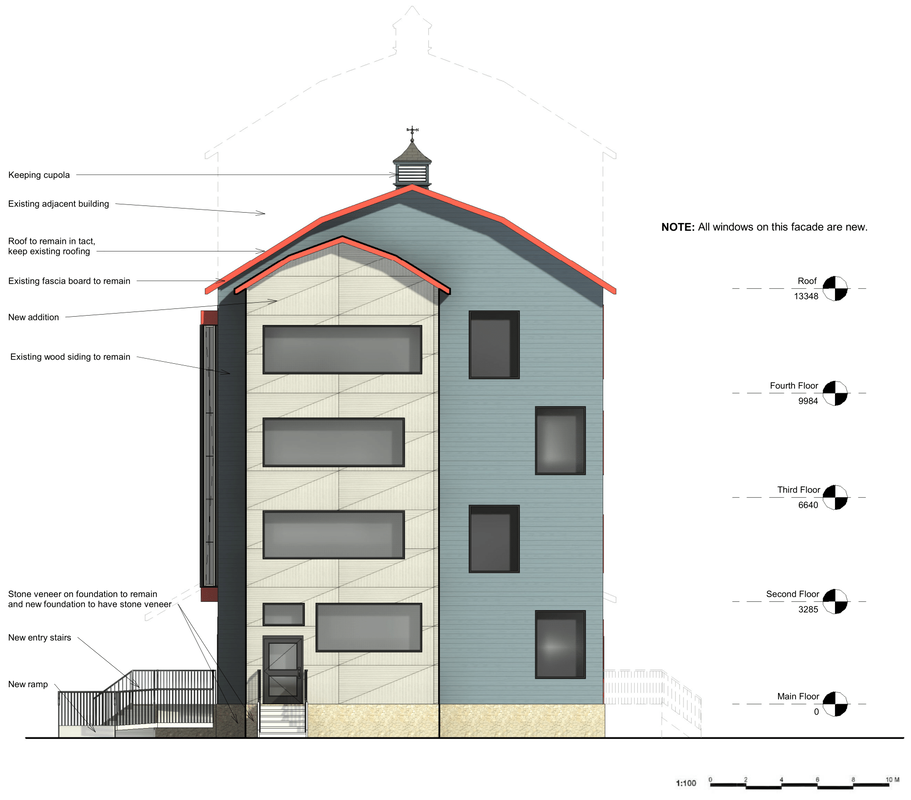
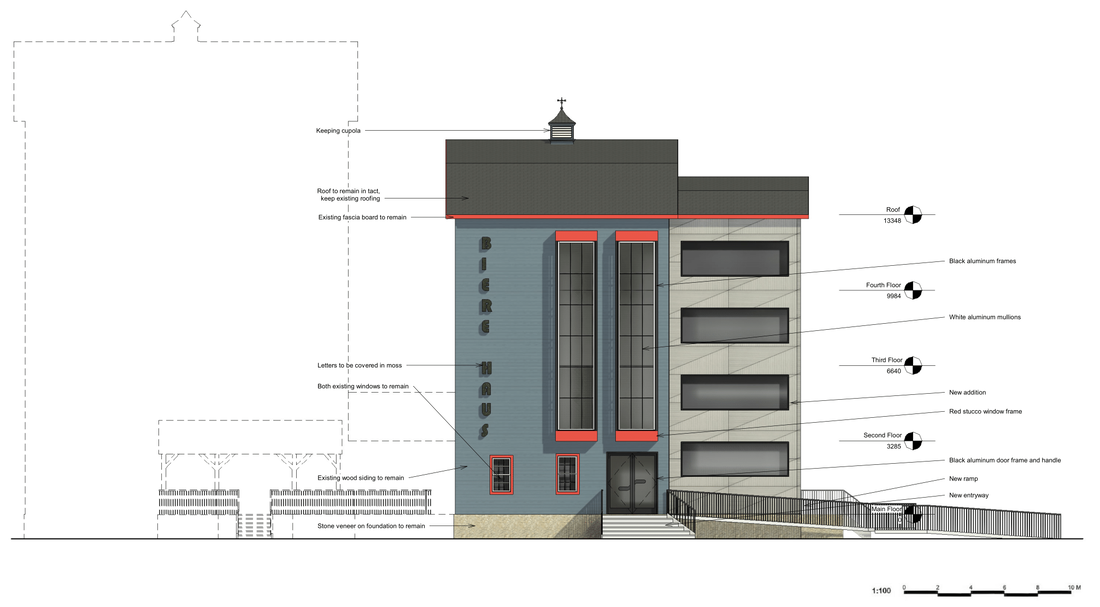
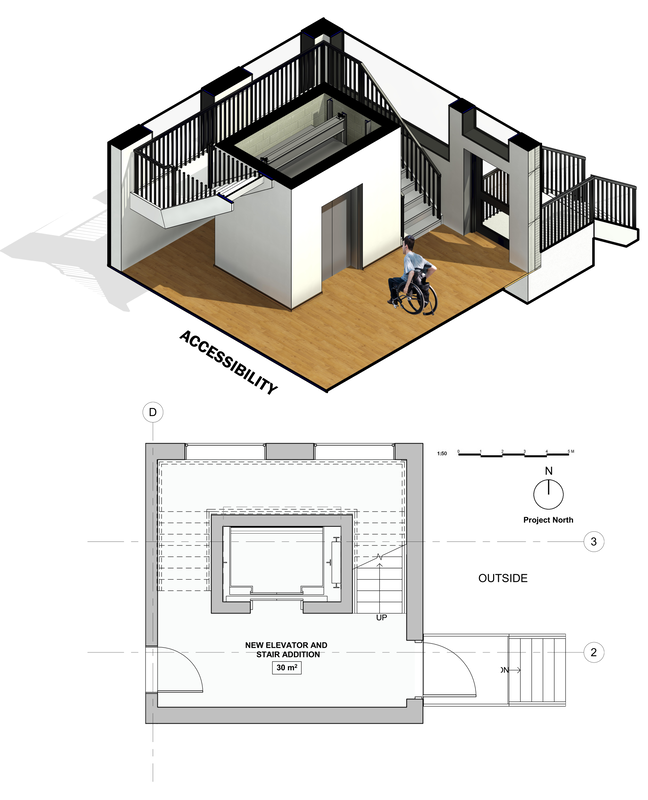
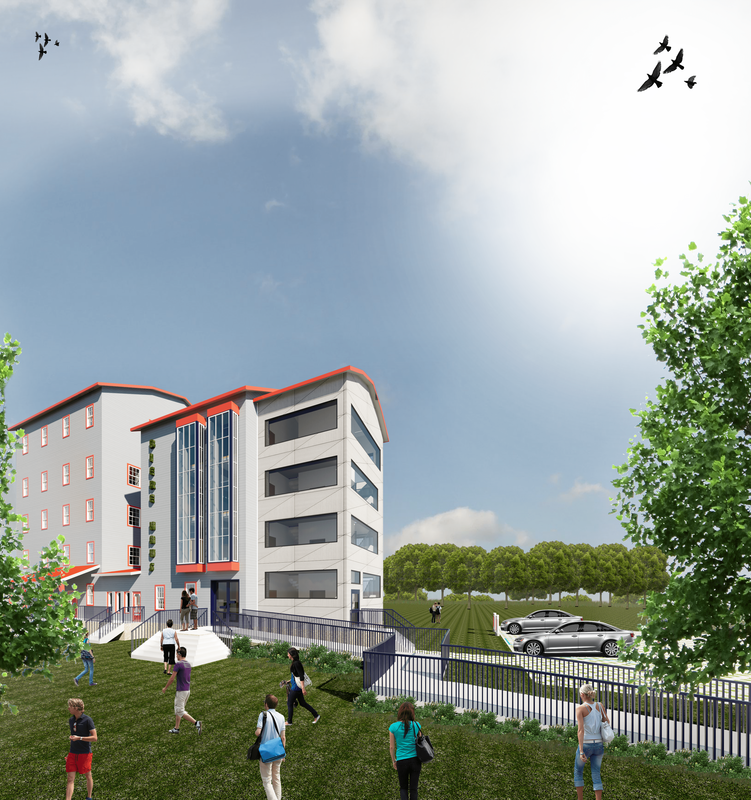


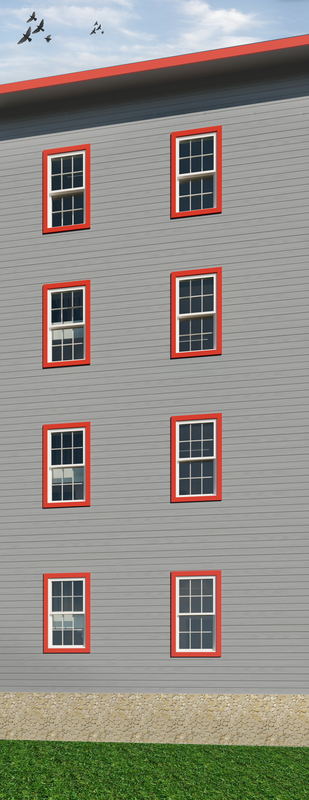
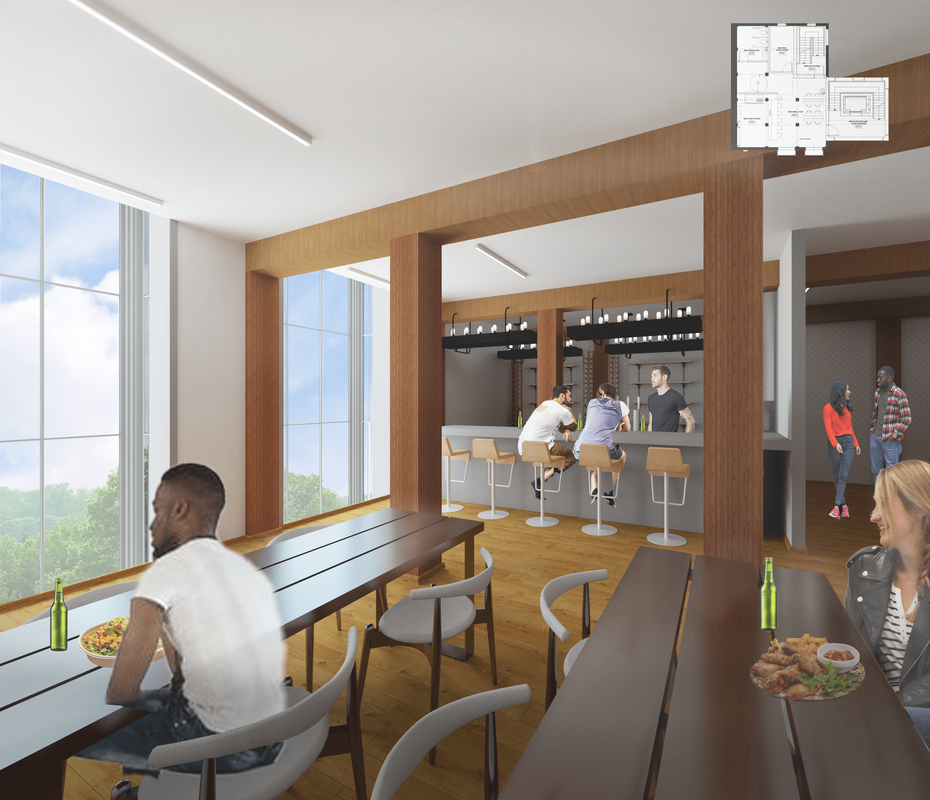
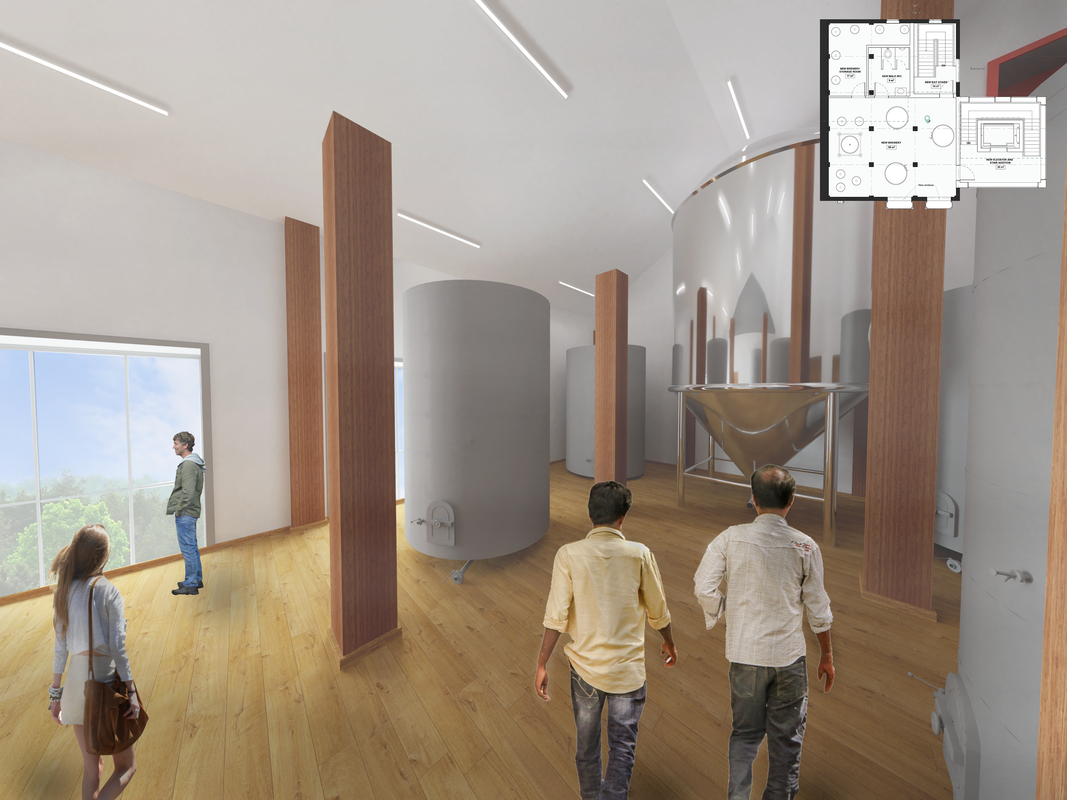
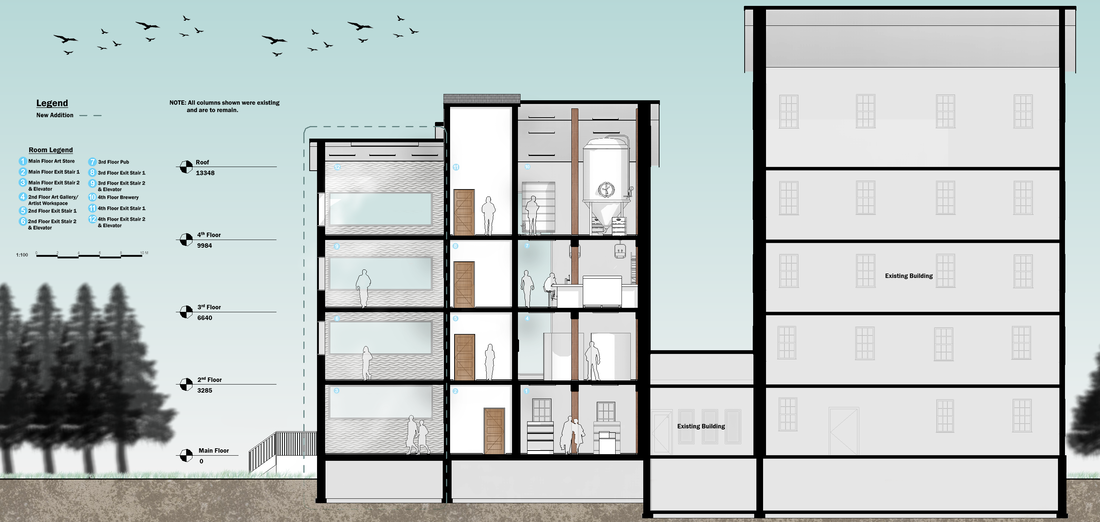
 RSS Feed
RSS Feed
